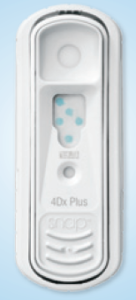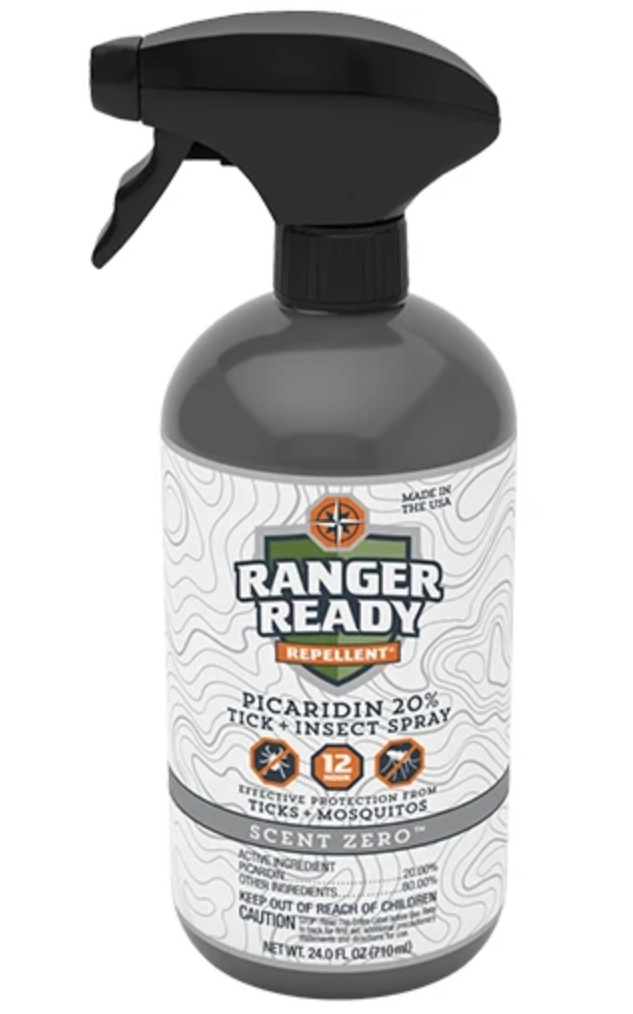 By Maddy Butcher
By Maddy Butcher
Lyme disease cycle in bug terms:
Egg
Larva
Nymph
Adult
Repeat
Lyme disease cycle in horse owner terms:
Pain.
Expense.
Frustration.
Confusion.
Repeat.
It’s hard to believe such a tiny organism (Borrelia burdorferi), hosted by a larger but still tiny organism (deer tick), could wreak such havoc on the welfare of our horses and our wallets.
Information out there is conflicting and sometimes hard to interpret, but consider yourself lucky. Thirty years after its discovery, treatment and testing options are exponentially better than they were in the 1980s.
Today, we have options.
Unfortunately, none of them are cheap.
Read related post on Ranger Ready spray
Watch Dr. Sheryl King’s BHP Summit presentation on tick-borne disease.
First, a little immunology primer:
When an animal gets an infection, the body mounts a defense by producing proteins called antibodies. They are responding to the bacteria or antigen. So tests for diseases typically measure the presence of either antibodies or antigens. An additional complication may be that animals may become infected by more than what we call Lyme disease. anaplamosis, for instance, is also transmitted by ticks. Along with a few other tick-borne diseases, it may respond differently to treatment.
Read this excellent report on the complicated issues of Lyme disease in humans.
Lyme Testing
When Lyme is suspected (due to soreness or obvious tick exposure), most vets draw blood and send it to Cornell or UConn. Cornell is home to Animal Health Diagnostic Center. UConn has the Connecticut Veterinary Medical Diagnostic Laboratory.
In 2011, Cornell introduced the new Multiplex test that can reportedly identify the infection’s stage. The CVMDL administers the Western Blot test, which identifies more antibodies than the Multiplex test but is reportedly not as accurate at pinpointing the stage.
Each year, Cornell and UConn labs process tens of thousands of blood samples for Lyme disease. CVMDL ran 5,000 samples last year (at about $60 per sample). Vets will charge between $100 to $170 for drawing the blood, sending off the sample, and then consulting on the results.
But some vets are starting to use a new test, SNAP 4Dx Plus, that can be done right in the stall. It’s a test originally made for dogs by IDEXX Laboratories, a Maine company.
Unlike the Western Blot or Multiplex, the SNAP test doesn’t quantify the presence of Lyme disease in your horse’s blood. It just tells you if it’s there.
Dr. Marc Reilly of South Shore Equine in Plympton, Massachusetts, compared it to a human pregnancy test: it’s simple and super accurate.
“If it’s positive, it’s positive,” said Reilly. His practice has tested over 1,000 horses in the area south of Boston, towards Cape Cod. 400 have been treated for Lyme.
Before the SNAP test came along, most dog vets sent blood work out to labs for testing, just like horse vets do now.
“It was expensive and time-consuming,” said Dr. Gene Szymkowiak of the Coralville (Iowa) Animal Hospital. He’s used the SNAP test for two years.
The IDEXX test is cheaper and quicker than the Western Blot or Multiplex tests and may be the preferred method moving forward  since many horse owners don’t need to know exactly how badly their horses have Lyme, just like a woman doesn’t need to know how pregnant she is.
since many horse owners don’t need to know exactly how badly their horses have Lyme, just like a woman doesn’t need to know how pregnant she is.
A Yes or No will do. (The SNAP also tests for anaplasmosis, another tick-borne disease.)
So your horse has Lyme. What next?
Most vets suggest a 30-45 day course of the oral antibiotic, doxycycline. It costs over $300 per horse.
Read blog posts about Lyme side effects.
But doxy isn’t always effective. You may have to use it for longer stretches or return to it after retesting. In addition, doxy has some anti-inflammatory properties (Indeed, some vets give doxy for swelling or soreness when bute or banamine is not an option.) so you may notice improvement, but it won’t be because you tackled the infection.
What’s more?
There have been doxycycline shortages recently. Clients may have to wait for weeks just to start treatment, said Vicki Coffin, at Equine Veterinary Services in Freeport, Maine.
Reilly, of South Shore Equine, prefers treating intravenously with oxytetracycline for a short course, followed by oral oxy. It’s twice as effective as using doxy, his research shows. And more expensive.
Dr. Rachel Flaherty of Maine Equine Associates typically treats with doxy for 42 days.
(Ledum is a popular homeopathic remedy. It may help with symptoms but won’t kill the bug. Read more about treatment options from one alternative practice’s perspective.) Dr. Steve Tobin is another vet who uses some alternatives.
There’s a lot of opinion, interested parties, and fees. But there seems to be at least one point of consensus:
Catch it early and treat it.
While it’s tempting to wait for symptoms, studies show the longer you wait, the harder it’ll be to get rid of the bug. Think of the Borrelia burdorferi as a burrowing little critter who likes to hide. The more time you give it, the longer it’ll take to hunt it down.
As months go by, the cork-screw shape bacteria will worm its way from bloodstream to joints and bones and even nerves.
Click here for award-winning film on the impact of Lyme in humans.
“Most horses that are infected, don’t show it,” said Dr. Sandra Bushmich, CVMDL director, who noted that Western Blot detects antibodies about a month after the suspected infection “If you treat it right then, you have a pretty good chance of getting rid of the infection.”
When you’re finished with treatment, you still may not be out of the woods. Some vets recommended retesting. Bushmich’s lab stores

Consider using Ranger Ready, which contains picaridin and can be used on horses AND humans
results so clients can monitor recovery, response to treatment, and potential reinfection.
Flaherty, of Maine Equine Associates, doesn’t retest.
“Even though you won’t see improvement with antibody levels, the horse will be better after treatment,” said Flaherty. Owners get confused by the lack of correlation between numbers and symptoms.
Reilly just does another in-stall SNAP test to check horses’ response to treatment.
Some final suggestions:
Lyme disease is spreading through its hosts (ticks on deer, possum, and other animals) from New England to west of the Mississippi. Ticks likes temperate, moist climates, so Lyme does, too.
But ticks don’t like permethrin, vigilance, or dry environments. So using bug spray and checking your horse for ticks are key preventative measures.
Moving to New Mexico would help, too.
The northeastern U.S. has endemic areas where the people, dogs, and horses all have Lyme and have responded to it with varying success. If you’re bringing horses from an area where there isn’t a lot of Lyme, their immune systems will be naive. Flaherty strongly recommends vaccinating those horses.
Coffin, the veteran vet tech for Equine Services, said she was amazed by how dramatically the bug has impacted our area and our horses.
“Back when we started testing, a positive horse was unusual. Now a negative horse is very rare.”
Read related post on Ranger Ready spray
Watch Dr. Sheryl King’s BHP Summit presentation on tick-borne disease.
